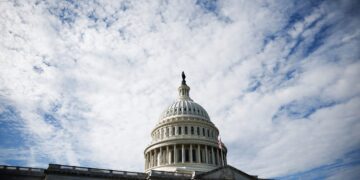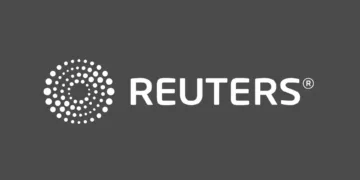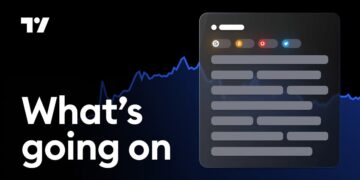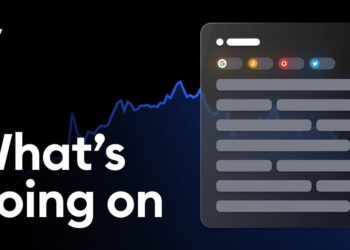WASHINGTON, May 12 (Reuters) – U.S. central bank officials are having trouble judging the underlying strength of the economy given the rapid changes in trade policy and the impact on households and businesses rushing earlier this year to buy imported goods, Federal Reserve Governor Adriana Kugler said on Monday.
Speaking a day after U.S. and Chinese negotiators agreed to temporarily pause their countries’ most punitive tariffs for 90 days, Kugler said the situation has muddled the Fed’s ability to see what’s ahead for growth and inflation.
The likely impact of rising import taxes is for higher prices and weaker growth, but to what extent and over what period remains uncertain as the Trump administration negotiates with countries while a broad series of levies remains on hold.
The announcement of a deal between U.S. and China to delay the most punitive tariffs prompted traders to expect fewer Fed interest rate cuts this year, since the lower tariffs are seen as a potential boost to growth.
“It is currently hard to judge the underlying pace of growth of the U.S. economy,” Kugler said in remarks prepared for delivery to an event at the Central Bank of Ireland. “Trade policies are evolving and are likely to continue shifting, even as recently as this morning. Still, they appear likely to generate significant economic effects even if tariffs stay close to the currently announced levels, and the uncertainty associated with these tariffs has already generated effects on the economy through front-loading, sentiment, and expectations.”
Kugler noted that the contraction of U.S. economic output in the first quarter was distorted by a historic jump in imports, while domestic consumption still expanded.
Yet the rise in domestic purchases was likely also inflated by households and businesses racing to avoid tariffs, Kugler said, possibly setting the stage for lower consumption in the future.
The extensive uncertainty and volatility around underlying economic policy has led Fed officials to say they will likely keep the central bank’s benchmark interest rate in the current 4.25%-4.50% range until the outlook becomes clearer.
“Given the upside risks to inflation and given that I still view our policy stance as somewhat restrictive, I supported the decision to keep rates at that level,” Kugler said, referring to the Fed’s decision last week to hold rates steady. “I view our current stance of monetary policy as well positioned for any changes in the macroeconomic environment.”
Reporting by Howard Schneider; Editing by Paul Simao
Disclaimer: The views expressed in this article are those of the author and may not reflect those of Kitco Metals Inc. The author has made every effort to ensure accuracy of information provided; however, neither Kitco Metals Inc. nor the author can guarantee such accuracy. This article is strictly for informational purposes only. It is not a solicitation to make any exchange in commodities, securities or other financial instruments. Kitco Metals Inc. and the author of this article do not accept culpability for losses and/ or damages arising from the use of this publication.














